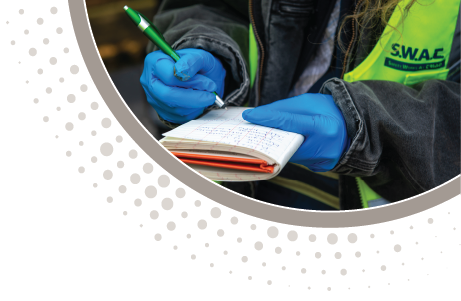Reflections from the Lab: 38 Years with Triad
By Danny Blake, Retired Laboratory Manager – Morgantown Office I came to Triad in a way I never expected. While going to school for my technical degree in structural building construction at Maryland State, I needed to apply for a certain number of jobs to qualify for unemployment. I saw an opening at Triad and dropped off an application, not thinking much of it. I didn’t know that one simple act would shape the rest of my life. A year and a half later, in June of 1986, I received a call from John Kent for an interview. He offered…
50 Years Safe
At Triad Engineering, safety is more than a policy; it is a core value that shapes the way we work, communicate, and support one another.In this blog, five Triad team members from different departments and locations share their personal perspectives on how our safety culture has grown over the years and what it means to them. Their experiences reflect the evolution of our safety practices and the commitment we all share to keeping ourselves and each other safe, not just on the job, but in every aspect of life. “When I first started at Triad in the Saint Albans Environmental…


